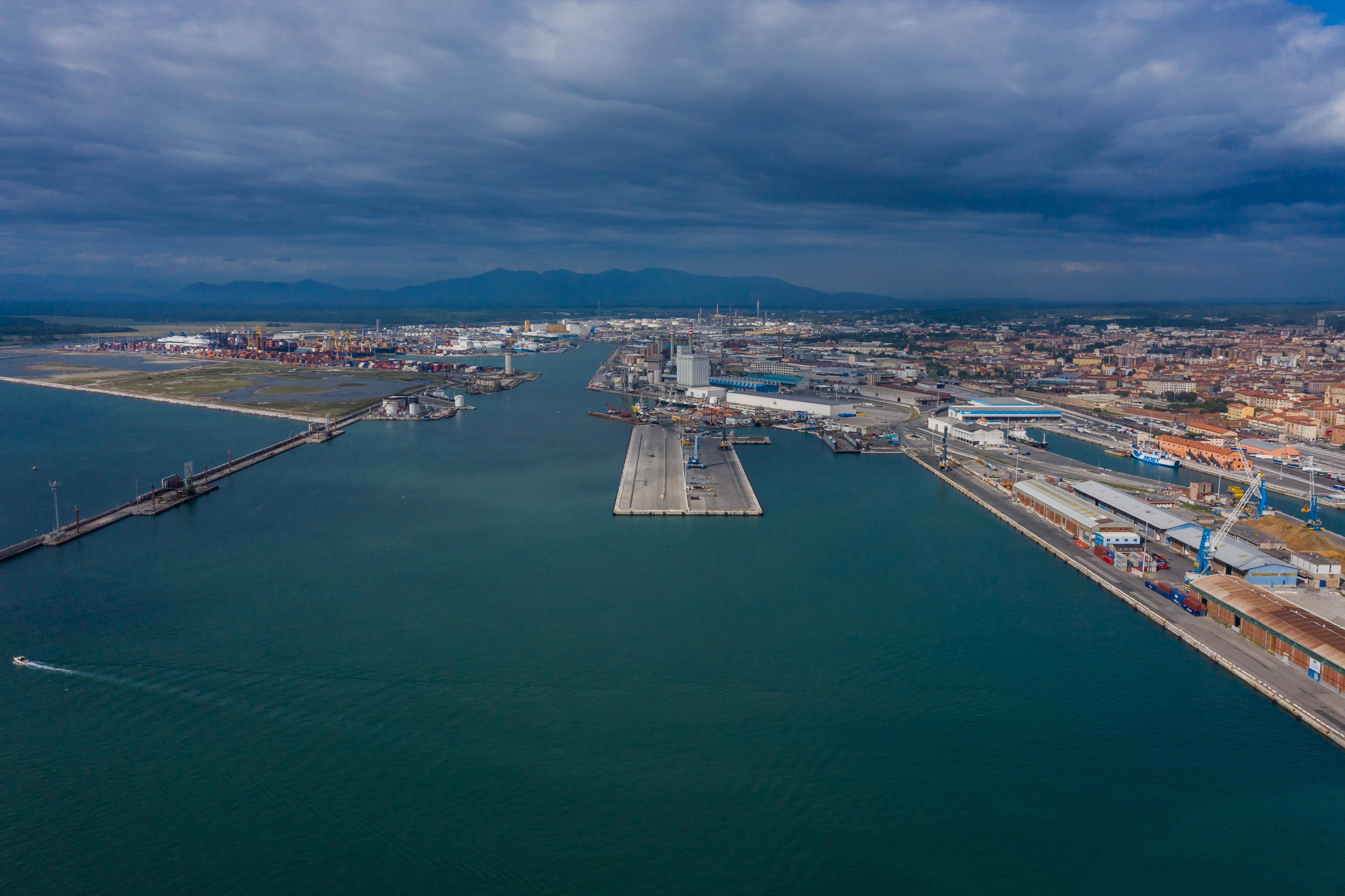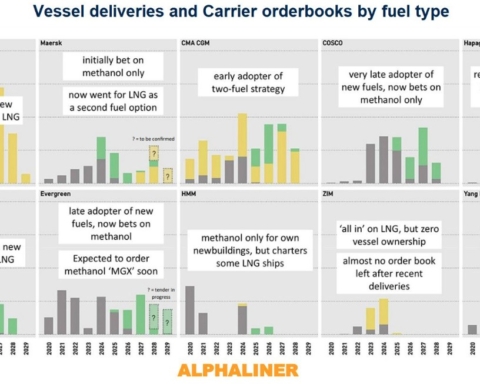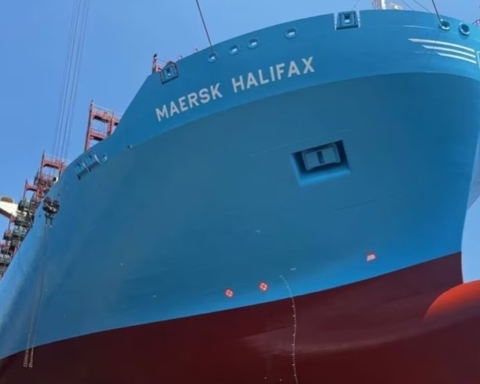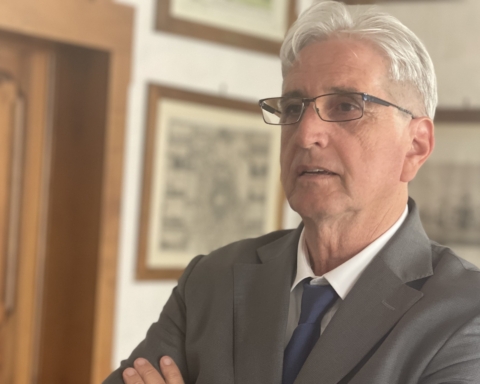In a little over two and a half years’ time, electricity will be available for ships berthing in Livorno.
After announcing the 20.4 million euro call for tenders for quay electrification in the ports of Piombino and Portoferraio, the North Tyrrhenian Port Network Authority has now published a call for tenders for designing the executive project and setting up cold ironing in Livorno port.
The project envisages building a substation inside the former Enel Marzocco power plant area and two transformation cabins to serve ferries and cruise ships. One will be located in the current silo and the other is to be positioned in the area allocated for the future cruise terminal near Calata Alto Fondale.
For containerships, a cabin is planned to be set up near the terminal section of the Florence-Pisa-Livorno fast road. The rest of the installations, being cable ducts and cables, will be underground and hence not visible.
The call for tenders, worth 52.1 million euros, is financed through the National Recovery & Resilience complementary fund. Tenders must be submitted by 17th October. Once the contract has been awarded, 75 days are foreseen for the executive design and 607 days completing the work, in addition to the four-year maintenance commitment following final approval.
“We are happy to issue a tender invitation for a contract that is strategic for Livorno port,” said Port Network Authority President Luciano Guerrieri.” The publication of calls for tenders in Livorno, Piombino and Portoferraio, is another step forward in the strategic planning process hinging on the sustainable development of our Network ports,” he added. “This marks the beginning of a new phase, which runs parallel to the one that many ship owners are currently going through to upgrade their vessels, in which the port will be equipped with an infrastructure that will allow ships at berth to switch off their engines. Once the work is completed, we will be able to significantly reduce atmospheric pollutant emissions and, likewise, noise pollution.”
Translation by Giles Foster




